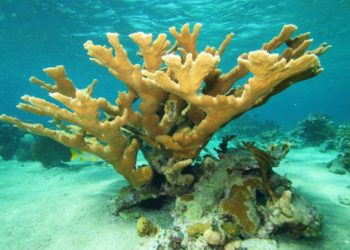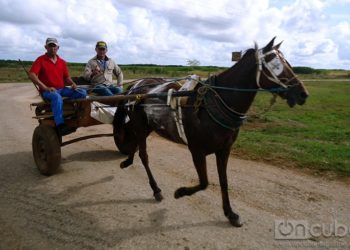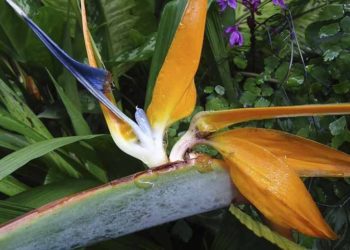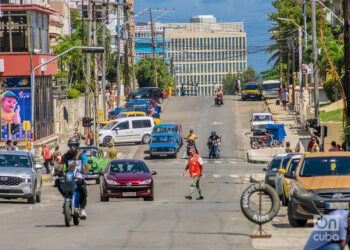Gardens Worthy of a Queen
Christopher Columbus had seen a great deal of beautiful and new world when he arrived for the second time to the island of Cuba, baptized by him as Juana. In short, if already by 1492, on the shores of Bariay, it seemed to the Genoese that it was “the most beautiful land human eyes had seen,” although there are no reports of a similar phrase, he must have thought the same two years later, when his ship headed toward the southern coast of Cuba and hundreds of islets revealed a paradise to his eyes. The paradise was a labyrinthine archipelago in which the mangroves, thickets and dunes painted an exotic and unknown landscape for the discoverer. Faced by the beauty that spread along his passage, he did not vacillate. In honor of she who was the principal benefactor of his travels he called it Jardines de la Reina (The Queen’s Gardens), despite the fact that Isabella the Catholic never laid eyes on such wonders of nature. Years later, Diego Velázquez, traveling around northern Cuba, would find another group of cays which he would name Jardines del Rey, perhaps to make amends and to pacify the wounded honor of Ferdinand of...

















